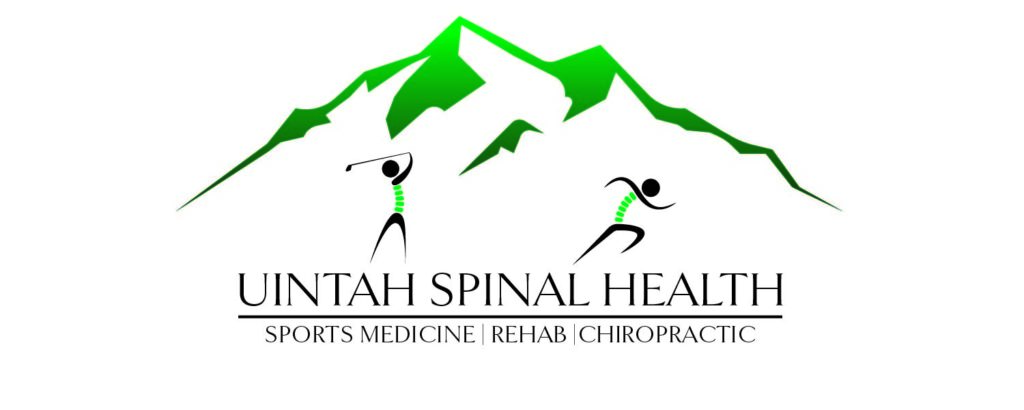Are you experiencing persistent discomfort between your shoulder blades or in the area just below the shoulder blade? In this blog series, we’ll guide you through differentiating between rib-related and neck-related pain and provide valuable tips and exercises to help alleviate the pain you’re grappling with.
Identifying the Source of Your Pain
Dealing with pain in the vicinity of your shoulder blade, between the shoulder blades, or in your upper back is a common concern. To effectively address this discomfort, it’s essential to distinguish between a rib-related problem and neck-related discomfort.
Rib Discomfort
Rib pain typically manifests itself right next to the shoulder blade or between the shoulder blade and the spine. This type of pain can develop after extended periods of poor posture, such as hunching over a computer at your desk, or due to physical activities like football, where you might experience a hit from the back or side that can lead to rib injuries.
How To Address Rib Pain
The key to addressing rib pain lies in working with the muscles in the affected area. Techniques such as gentle massages and therapeutic adjustments are employed. Additionally, specific exercises are recommended to promote mobility and alleviate discomfort. It’s important to note that the common misconception is that a rib is dislocated or out of place. In reality, ribs should have a slight range of motion, and when they become stuck or restricted, it can lead to pain and injury. The goal is to restore proper joint function to improve breathing and enhance upper body mobility.
If you’re unsure whether your discomfort is related to a rib or neck issue, don’t hesitate to schedule an appointment with us. We’ll conduct a thorough evaluation to determine the source of your discomfort and initiate the most suitable treatment plan tailored to your condition.
Neck as the Potential Source
The discomfort you’re experiencing may actually be linked to your neck due to joints and discs, mainly in the lower neck, which can refer pain to in the upper back. Referred pain is when you feel pain in one place, but it originates elsewhere.
A significant clue that the pain may be neck-related is if it intensifies when you turn your head or look up. If head movements worsen the pain in the area between your shoulder blades, it’s likely related to your neck. Other factors, such as a history of whiplash injuries or poor posture, can also contribute to this discomfort.
If any of these factors resonate with you, it’s crucial to have your neck assessed. We have additional videos for assessment to guide you. We’re dedicated to ensuring your neck is in peak condition, especially if you’re experiencing pain between your shoulder blades, under the shoulder blade, or in the upper back, and you’re unsure if it’s related to a rib or neck issue.
The McKenzie Protocol: A Solution for Neck-Related Pain
If your upper back pain is indeed linked to neck issues, the McKenzie protocol is a manual therapy technique that can provide relief. This protocol focuses on discs and joints to enhance mobility and function in the lower neck. This alleviates referred pain in the upper back.
The Basic McKenzie Protocol Exercise
The McKenzie protocol begins with a simple yet effective exercise. You’ll start with a chin retraction maneuver, gently moving your head downward, gradually reducing upper back pain. Perform this exercise around ten times per set.
Progressing with the McKenzie Protocol
For an advanced exercise, you’ll be asked to sit up, but it’s crucial to start in a supine position for safety. In the seated position, you’ll place your fingers on your chin and move your head straight back, focusing on a retraction motion. Aim for ten repetitions per set to decompress the lower neck and enhance joint function.
Additional Steps in the McKenzie Protocol
Apart from these exercises, the McKenzie protocol includes techniques such as palpation to identify areas with limited neck mobility. These areas can be adjusted to improve joint movement, reducing upper back pain and muscle tension in the rib area.
A Word of Caution: If you experience pain radiating down your arm while doing these exercises, it’s a red flag. It suggests you may not be ready for this level of treatment. It’s best to consult a medical professional for further evaluation and therapy.
Seeking Professional Assistance: If you suspect that your upper back pain may be linked to neck issues, seek professional assistance. Our team can create a personalized treatment plan tailored to your needs, helping you regain a pain-free, active lifestyle.
Don’t let upper back pain disrupt your daily life any longer. Contact us today to begin your journey toward relief and recovery.
Thank you for choosing us, and take care.
